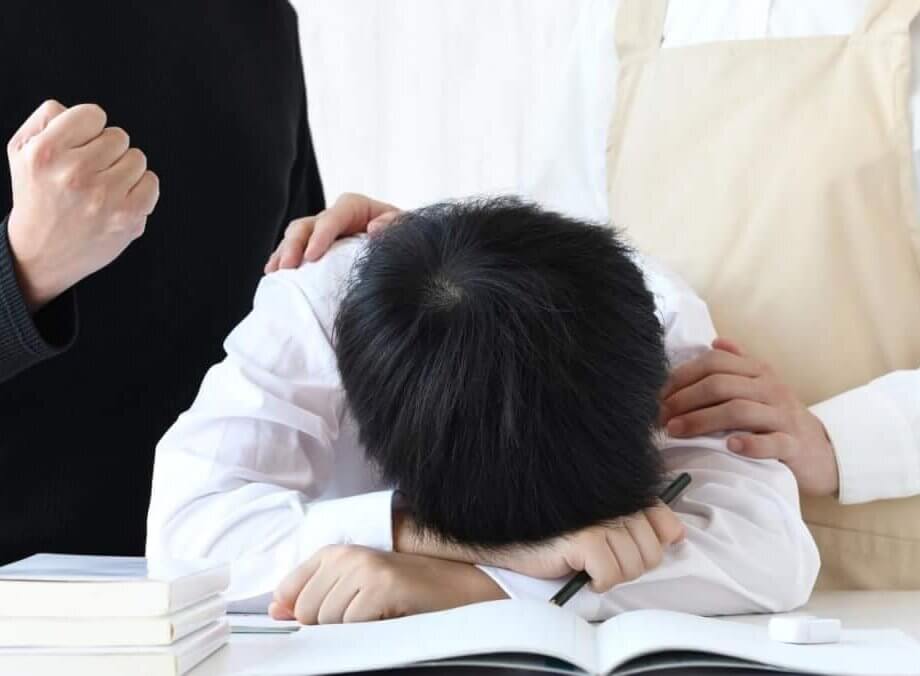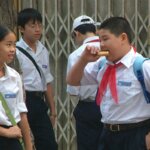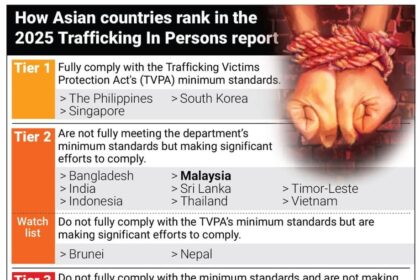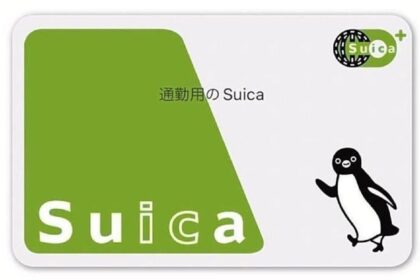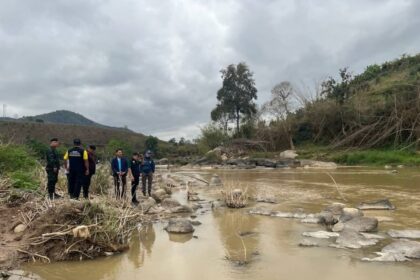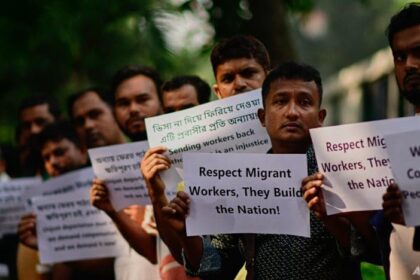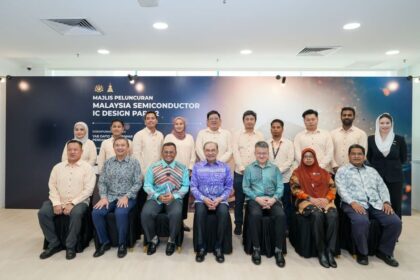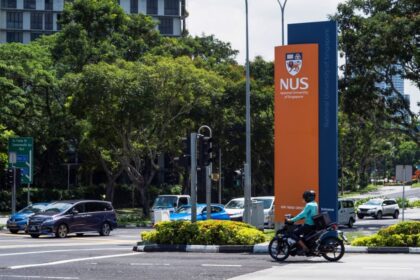Introduction: The Vanishing Childhood in South Korea
In South Korea, childhood is increasingly defined not by play and exploration, but by relentless academic pursuit. For many Korean children, days are filled with school, private academies, and homework, leaving little time for unstructured play. This phenomenon, often referred to as “education fever,” has propelled South Korea to the top of global academic rankings. Yet, beneath the surface, it has also triggered a national crisis in child well-being, mental health, and family life.
- Introduction: The Vanishing Childhood in South Korea
- How Academic Pressure Shapes Daily Life
- The Decline of Play: Quantity and Quality
- The Mental Health Toll: Unhappy Children, Stressed Families
- Systemic Roots: The College Entrance Exam and “Education Fever”
- Policy Responses and the Challenge of Change
- Global Context: A Widespread Decline in Play
- In Summary
How Academic Pressure Shapes Daily Life
Consider the daily routine of Kim Min-jae, an 11-year-old student in Seoul. His day begins with English study—even on weekends—followed by school, piano and taekwondo lessons, and hours of homework. When he skipped a single English session, he was barred from playing an online game with friends. His mother, like many Korean parents, believes that constant study is essential: “Learning English is only basic now. Because it’s a language, the flow shouldn’t cease.”
This is not an isolated case. A 2024 survey by the Korean Teachers & Educational Workers’ Union found that 62% of fourth to sixth graders have less than two hours of free time daily, and nearly 16% have less than one hour. The pressure to excel academically starts early and intensifies as children grow older, with many attending multiple private academies (hagwons) after school and on weekends.
The Role of Parents and Societal Expectations
Parental anxiety is a driving force behind this culture. Many parents fear their children will fall behind in a hyper-competitive system where university entrance exams determine future success. As one mother explained, “Teachers always point out the weakest areas. Even if a child excels in everything except math, they’ll still tell parents to help the child improve that one lower subject.”
Parents invest heavily in private education, often at great financial and emotional cost. According to Statistics Korea, private education spending for K–12 students reached an all-time high of 30 trillion won (about $22.6 billion) in 2024, with families in higher income brackets spending significantly more. This investment is seen as essential for securing a child’s future, but it also exacerbates inequality and places immense stress on both children and parents.
The Decline of Play: Quantity and Quality
Not only has the quantity of playtime diminished, but the quality has also suffered. Studies show that Korean children spend most of their limited free time on screens—social media, games, and videos—rather than engaging in active, social play. A Welfare Ministry report found that 37.3% of elementary students are at risk of excessive smartphone use.
Even during school breaks, most children remain indoors, often working on study worksheets or attending online classes. A survey of 2,450 elementary schools revealed that over 90% of students spent break time in the classroom, not on the playground. The COVID-19 pandemic further accelerated this trend, as playgrounds were closed and, upon reopening, parental complaints about minor playground incidents led many schools to keep students inside.
Why Don’t Children Play?
Teachers and experts point to the “anachronistic college entrance system” as the root cause. The pursuit of university admission casts a long shadow over childhood, starting as early as kindergarten. As one elementary teacher observed, “Children feel guilty when they play and think it is a waste of time.”
As children advance in grade, their schedules become more packed with academic lessons, leaving them tired and more likely to seek passive entertainment on their phones. The result is a generation with little experience in social play, teamwork, or creative problem-solving.
The Mental Health Toll: Unhappy Children, Stressed Families
South Korea’s academic achievements come at a steep price. International surveys consistently rank Korean children among the least happy in the developed world. In a 2022 OECD survey, Korea ranked last in child happiness among 22 member countries. Suicide has been the leading cause of death among Korean youth for over a decade, and the country’s youth suicide rate is the highest in the OECD.
Academic Helplessness and Depression
Research published in BMC Public Health and Frontiers highlights the link between academic pressure, learned helplessness, and depression. When students repeatedly fail to meet academic expectations despite their efforts, they may develop a sense of helplessness, leading to depression and lower life satisfaction. This is especially pronounced in middle school, where the grading system shifts from absolute to relative ranking, intensifying competition.
One large-scale study found that depression mediates the relationship between academic helplessness and life satisfaction. Participation in physical activity can help buffer these effects, but opportunities for such activities are limited as academic demands increase.
Family Stress and Parental Depression
The burden of academic competition extends to families. Parents, especially fathers, experience higher rates of depression when a larger share of household income is devoted to private education. The financial strain is compounded by the emotional stress of ensuring their children do not fall behind in a system where educational attainment is closely tied to social status and future income.
Systemic Roots: The College Entrance Exam and “Education Fever”
At the heart of South Korea’s education system is the Suneung, the national college entrance exam. Administered once a year, this test is seen as a “life-defining moment” that determines university admission, job prospects, and social standing. On exam day, the entire country mobilizes to support test-takers—businesses open late, construction halts, and even flights are grounded to ensure silence.
This high-stakes environment has created what many describe as an “academic arms race.” Children as young as four are enrolled in preparatory academies, and nearly half of all children under six receive private education. The pressure to succeed is so intense that it has been likened to institutionalized child abuse by some critics.
Educational Inequality and Social Consequences
The system also deepens social divides. Wealthier families can afford more private education, giving their children a significant advantage. Meanwhile, lower-income families struggle to keep up, leading to increased stress and, in some cases, decisions to have fewer children due to the high cost of education.
Teachers, too, are under immense pressure—not only to deliver academic results but also to manage demanding parents. Recent high-profile cases of teacher suicides have sparked national debate about the need for systemic change and better support for educators.
Policy Responses and the Challenge of Change
Recognizing the crisis, South Korea’s government has attempted to reform early childhood education by introducing play-based curricula, such as the 2019 Revised Nuri Curriculum. This curriculum emphasizes child-centered, play-based learning over rote memorization. However, implementation has been challenging. Many teachers are unsure how to balance free play with learning goals, and parents often resist, fearing that play will undermine academic achievement.
International experts and local researchers agree that more needs to be done. Effective interventions include expanding physical education in schools, limiting the hours of private academies, and providing resilience-building programs to help students cope with stress. Yet, cultural attitudes and entrenched expectations make change difficult.
The Role of Resilience and Physical Activity
Studies show that resilience can buffer the negative effects of academic stress, and participation in physical activity is linked to lower rates of depression and higher life satisfaction. However, as academic demands increase, opportunities for such activities diminish. Policy solutions must therefore address not only curriculum but also the broader social and economic context that drives education fever.
Global Context: A Widespread Decline in Play
While South Korea’s situation is extreme, the decline in children’s playtime is a global trend. A report by the Raising the Nation Play Commission found that children’s outdoor playtime has dropped by 50% in a generation, with similar factors at play: increased academic demands, loss of playgrounds, rising screen time, and overprotective parenting. The consequences—higher stress, poorer emotional regulation, and diminished problem-solving skills—are being felt worldwide.
In Summary
- South Korean children face intense academic pressure from an early age, leaving little time for play.
- Parental anxiety and societal expectations drive heavy investment in private education, deepening inequality and family stress.
- The decline in both the quantity and quality of playtime has negative effects on children’s mental health, social skills, and overall happiness.
- South Korea has the highest youth suicide rate in the OECD, with academic pressure identified as a key factor.
- Policy efforts to promote play-based learning face resistance from parents and challenges in implementation.
- Resilience and physical activity can help buffer the effects of academic stress, but opportunities are limited by the current system.
- The crisis in South Korea reflects a broader global trend of declining playtime and rising childhood stress.
As South Korea grapples with the consequences of its education system, the challenge remains: how to balance the pursuit of academic excellence with the fundamental need for children to play, grow, and thrive.


